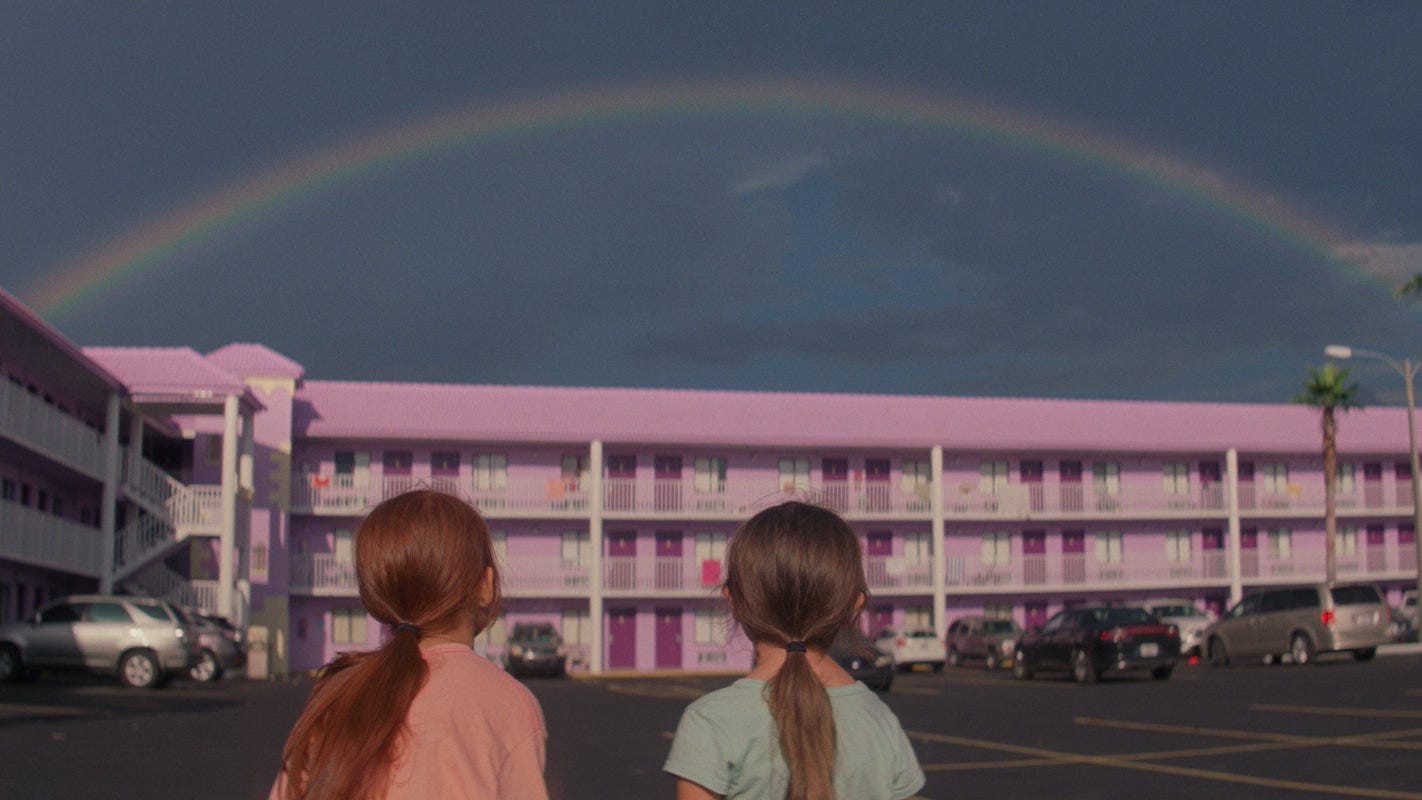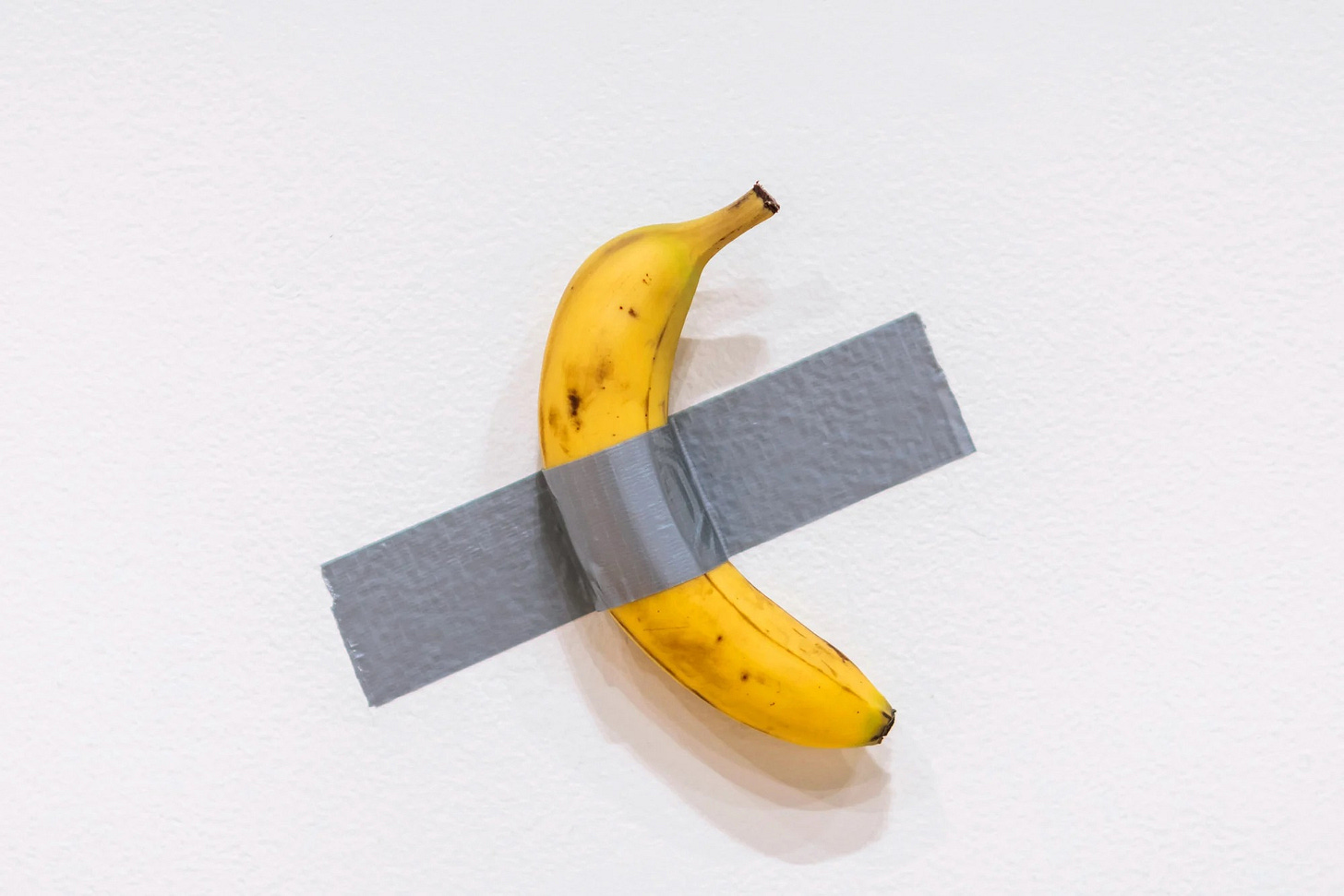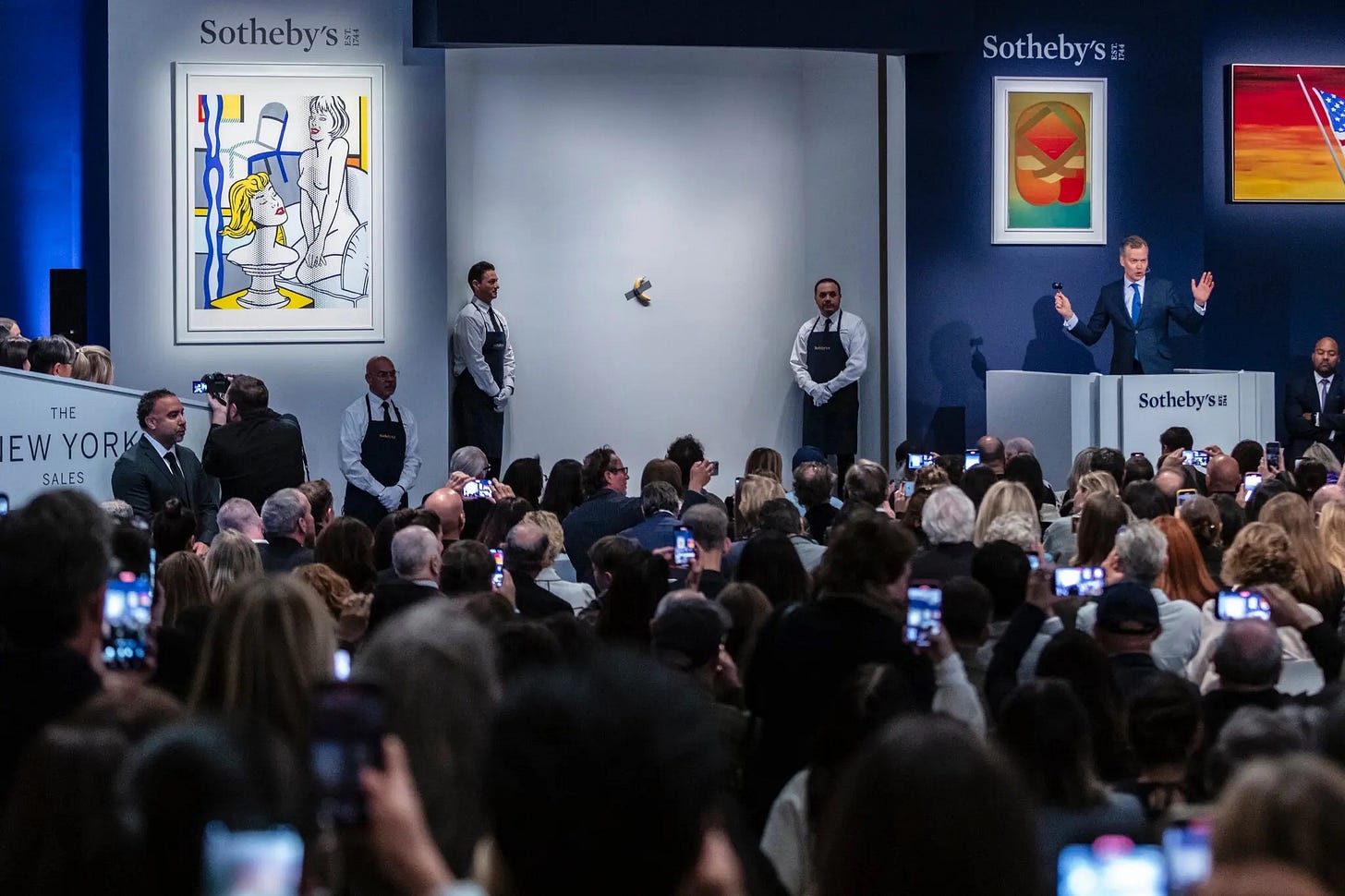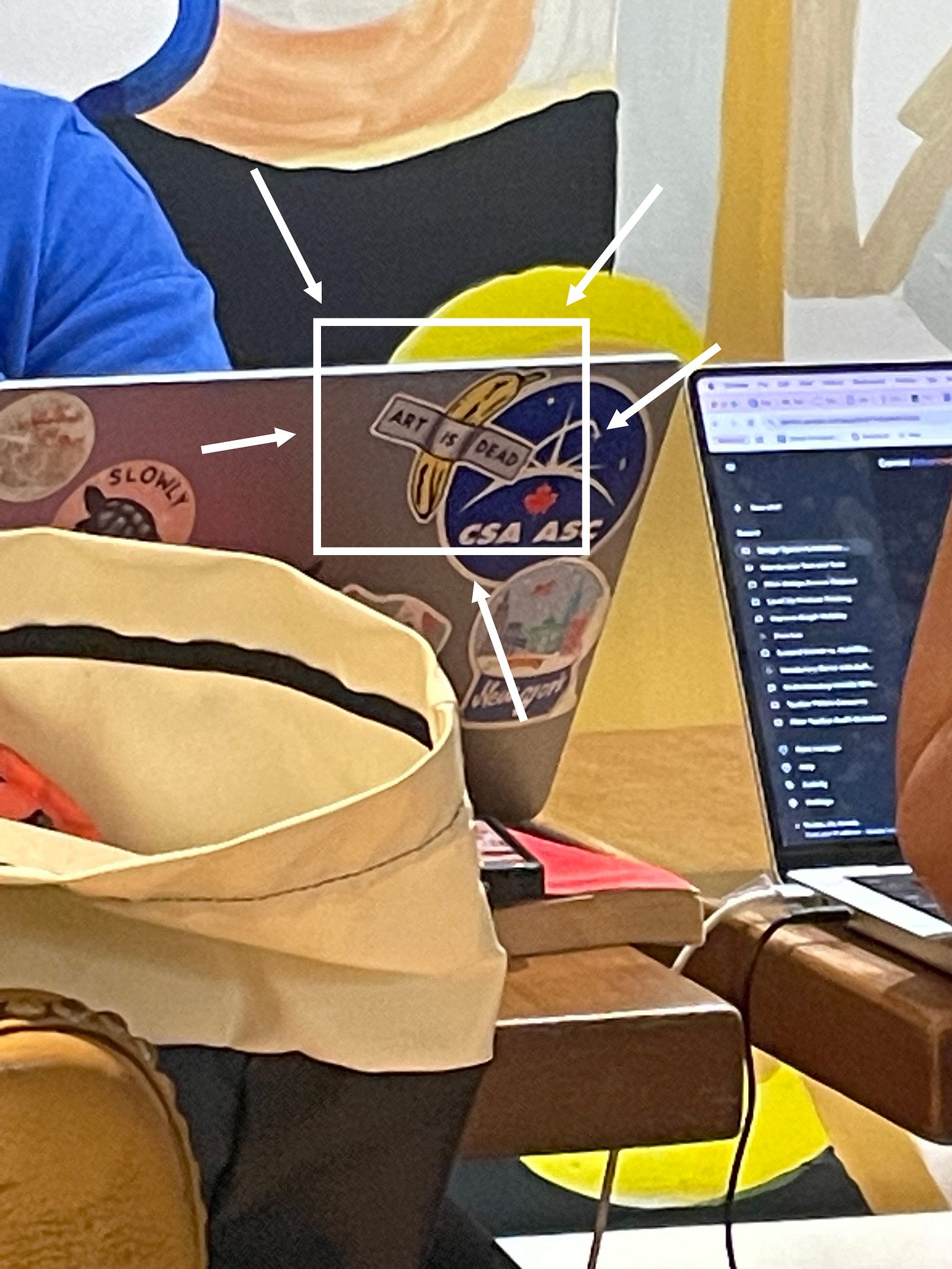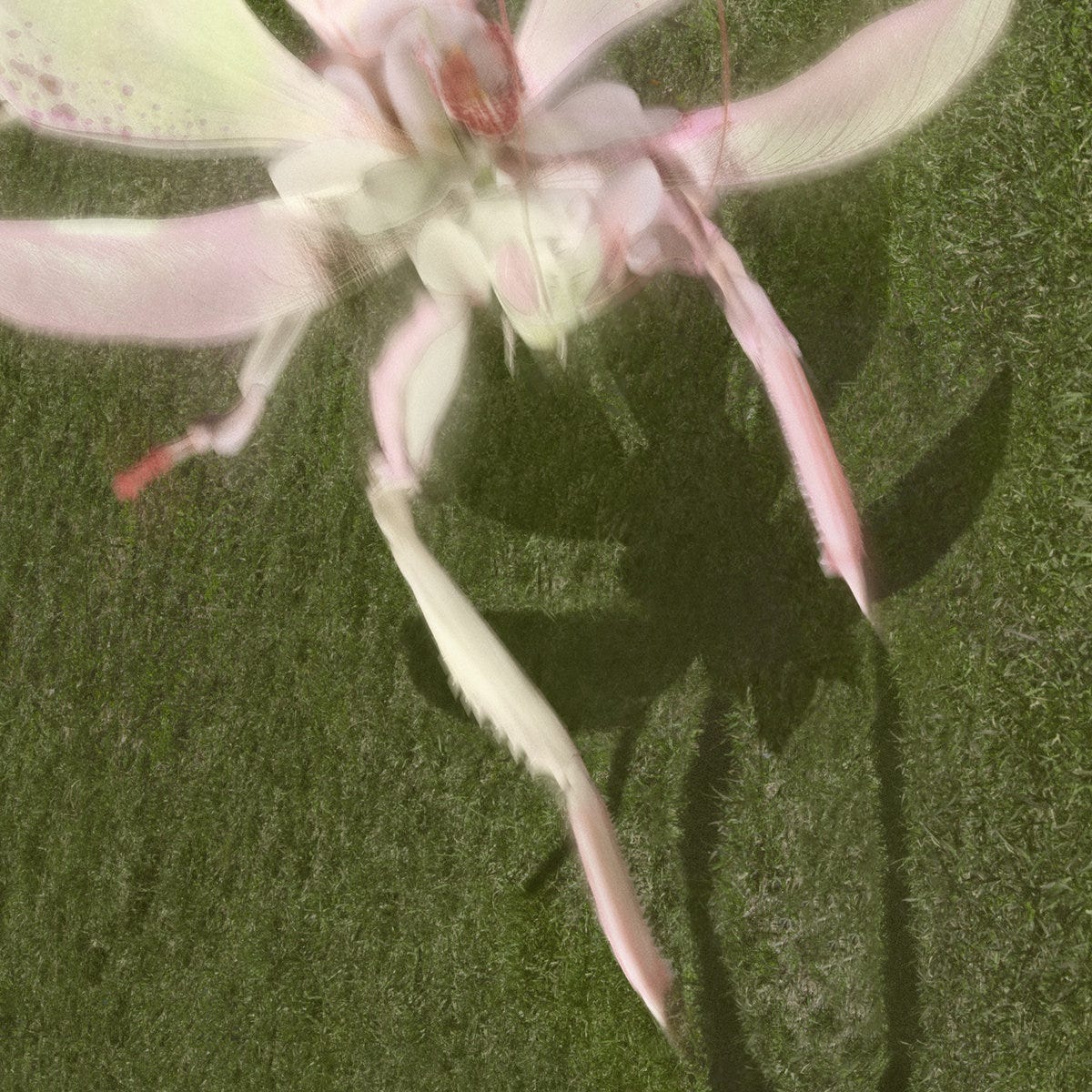heck it, I wrote about the banana
the virality of shallow cynicism about the art world is concerning.
TRIGGER warning
In this essay, I refer often to the “art world” and “art world outsiders”.
In doing this, I’m not trying to reinforce a barrier between the two. If anything, welktober exists to lessen that barrier. I’m merely differentiating between people who spend lots of time thinking about art and people who don’t — the line where this is drawn is irrelevant. I use this language because the importance of the banana lies largely in its viral coverage presenting a distorted view of the “art world” to “outsiders”.
Brief Context re: Banana
Comedian by Maurizio Cattelan debuted at Art Basel Miami in 2019. Yes, it’s a banana duct-taped to a wall. A key feature of the artwork was its 120,000 USD price tag (at the time), which, predictably, prompted various comments on how f*cked the art world is. Also predictably, it became a viral sensation on social media — everyone wanted a picture with the infamous banana, especially after a performance artist removed it from the wall and ate it (it was later replaced).
Comedian reappeared in the news over the past few weeks thanks to its sale at a Sotheby’s New York auction for 6.2 million USD to one Justin Sun, a crypto bro who founded the blockchain ecosystem, Tron. A week after purchasing the banana, he proceeded to eat it in front of hundreds of cameras. In his Instagram post following the purchase, Sun said the following:
This is not just an artwork; it represents a cultural phenomenon that bridges the worlds of art, memes, and the cryptocurrency community. I believe this piece will inspire more thought and discussion in the future and will become a part of history. I am honored to be the proud owner of the banana 🍌 and look forward to it sparking further inspiration and impact for art enthusiasts around the world.
Justin Sun
The iconography of the taped banana has since been incorporated into both Tron’s brand and Sun’s personal branding. This prompted a debate about whether Sun deserves the title art enthusiast, as he claimed on Instagram, or whether this was nothing more than a savvy PR stunt. Honestly, I’m not interested in assessing any individual’s claim to enthusiasm about art; the art world does not need more people doing this.
What I am interested in is the art. The swirl of dialogue which surrounds this event, which I am now reluctantly contributing to, has Comedian being credited, by some, as a genius-level social commentary. Let’s explore that.
It’s Not a Genius-Level Social Commentary
The typical reaction to the banana I have observed from those who consider themselves “art world outsiders” — aka, most people — has been something like:
Wow, here is more evidence that the art world is a broken, meaningless playground for rich people to flex their wealth and status and/or to invest in tax-sheltered appreciating assets.
Keyword: more.
You don’t have to be entrenched in the art world to know this is nothing new. More likely, it is one of the few things outsiders already know about the art world.
Ever since visual art became closely intertwined with speculative investment in the early-to-mid 20th century, largely thanks to a new generation of highly ambitious art dealers (recommended reading), artists have been making meta-art which pokes fun at this condition.
Amongst the earliest and most cited examples of this meta-art, or anti-art, is Marcel Duchamp’s Fountain (1917) — the toilet you’ve already heard about. This is one of many pieces which Duchamp coined as readymades: ordinary objects which the artist designated as art with little to no modification, whose artistic value is entirely imposed by the context within which they exist (the banana fits neatly into this category). When this brand of meta-art, or anti-art, entered the scene, it was genuinely groundbreaking, raising questions about what we define as art, and how we assign it value.
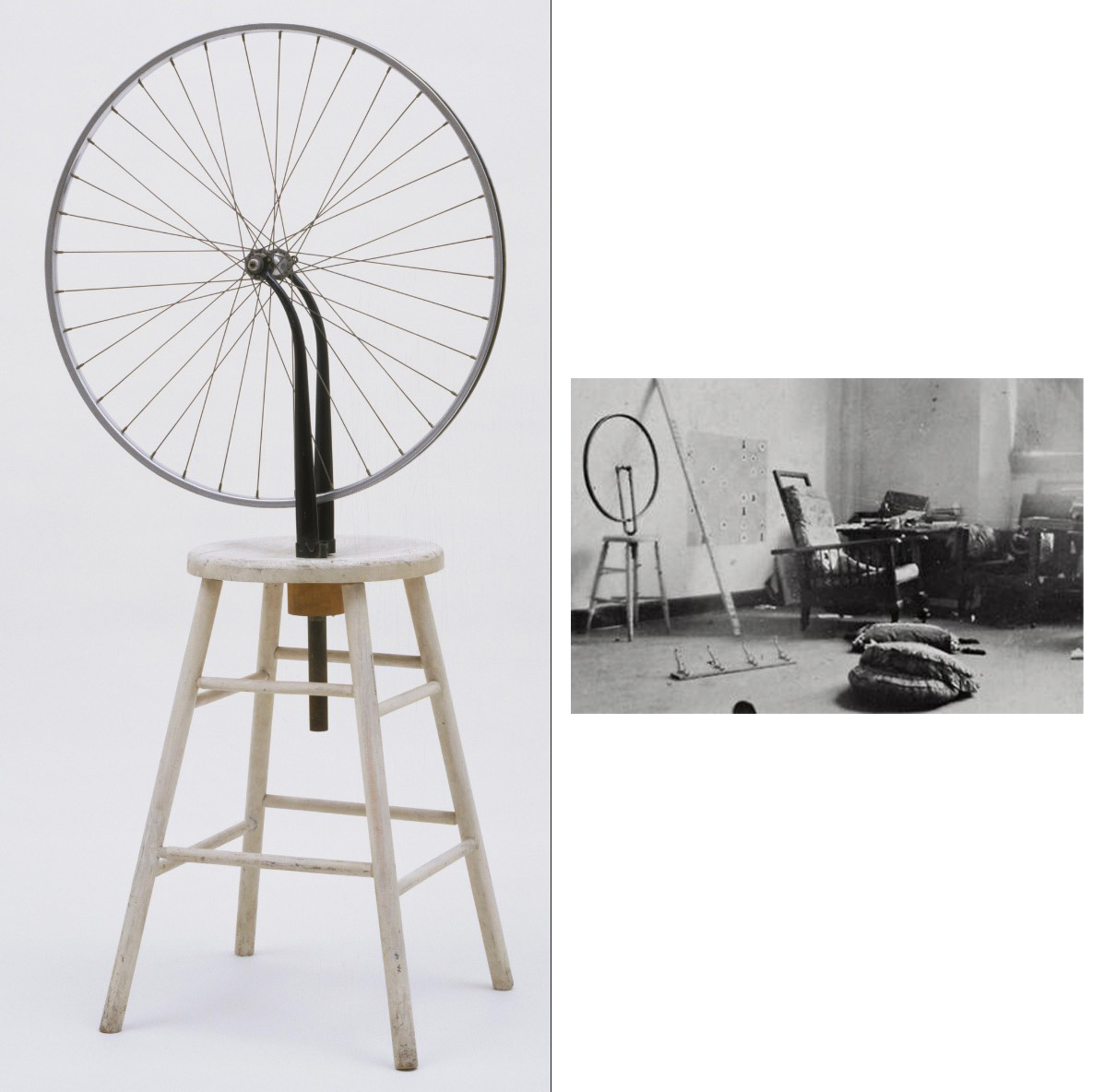
…a pleasure, something to have in my room the way you have a fire, or a pencil sharpener, except that there was no usefulness. It was a pleasant gadget, pleasant for the movement it gave.
Marcel Duchamp, describing the Bicycle Wheel (1913)
Many artists continued this commentary on the malleable definition of art and the blurred lines of art and commodity through the 20th century. In the case of pop artists such as Andy Warhol, this occurred in an art market that was far more commercial than that of a few decades prior. They thus were able to further illustrate their point by commodifying their critiques. This is where criticism entered the realm of cynicism.
Fast-forward to present, where the intertwinement of art and capital is prominent as ever. It’s no surprise that the volume of art exploring this topic has increased. Unfortunately, the critique has not meaningfully evolved since those first readymades. Artists like Cattelan have followed Warhol’s cynical path of playing the game under the pretence of critique. The art has largely become a competition of who can game the system by creating increasingly outrageous readymades with increasingly outrageous price tags. One can understand why so many artists have hopped on this bandwagon. No matter how edgy they might present themselves, it’s a lucrative and well-trodden path:
By definition, the art is low-skill and has minimal barriers to entry.
The conceptual element (the social commentary) is lowbrow, familiar, and conducive to mass appeal.
Critical commentary can be lazily dismissed with a sneer, “…but you’re talking about it”.
Critical commentary can be lazily dismissed with another sneer, “… that’s just the uptight art world uncomfortable with reality.” (The art world is well-aware of this reality).
The artist might validate their profits by claiming to have exposed the absurdity of the art market and proven the existence of the problem. But we already knew about the problem; all they did was propagate it.
Those who have read my essay no intelligence req’d know that I am in favour of letting artists cook in all cases — in other words, I would never discourage any art from being made, presented, considered.
Per the quote by Tracey Emin in her interview with Louis Theroux:
Art has many, many rooms. And in that big, giant house with all those different rooms, there’s room for everybody. There’s room for Banksy, there’s room for Damien, there’s room for David Hockney, there’s room for Brigitte Riley, there’s room for Francis Bacon, there’s room for Edvard Munck, there’s room everywhere. And every time there isn’t room, you just add another room on and there they go — it’s art.
Tracey Emin
While I don’t find them very interesting, I’m not bothered by the existence of the taped banana and other anti-artworks. What’s discouraging is the spectacular limelight they are awarded, making them the rare few works which cross the chasm between the art world and art world outsiders, positioning themselves as “art for all”.
I fear that the art world is allowing itself to be defined by a handful of deeply cynical works which cast it as a broken, dysfunctional landscape.
The Art is Whatever — its Virality Hurts Artists
This broken, dysfunctional portrayal of the art world is heavily distorted, representative of a flashy 1% where 99% of the money resides. (Don’t @ me on these percentages, you know what I mean). It is this 1% that performs the hollow spectacle of throwing around millions of dollars which elevated Comedian to cultural relevance; it is this 1% that Comedian critiques. There is plenty of great art being bought and sold by this segment, too. But the way it functions has little to do with the remaining 99%.
In this 99% we find, more than anything else, a fragile community of workers cobbling together grant dollars, local patronage, and peer support, to further their practices and projects. When sensationalist and deeply cynical works such as Comedian go viral, they serve little else but to conflate the entire art world with the 1%, branding it broadly as speculators with little interest in art aside from financial gain and social capital. If this portrayal felt remotely applicable to my own experience with art, I would agree with statements like “ART IS DEAD”.
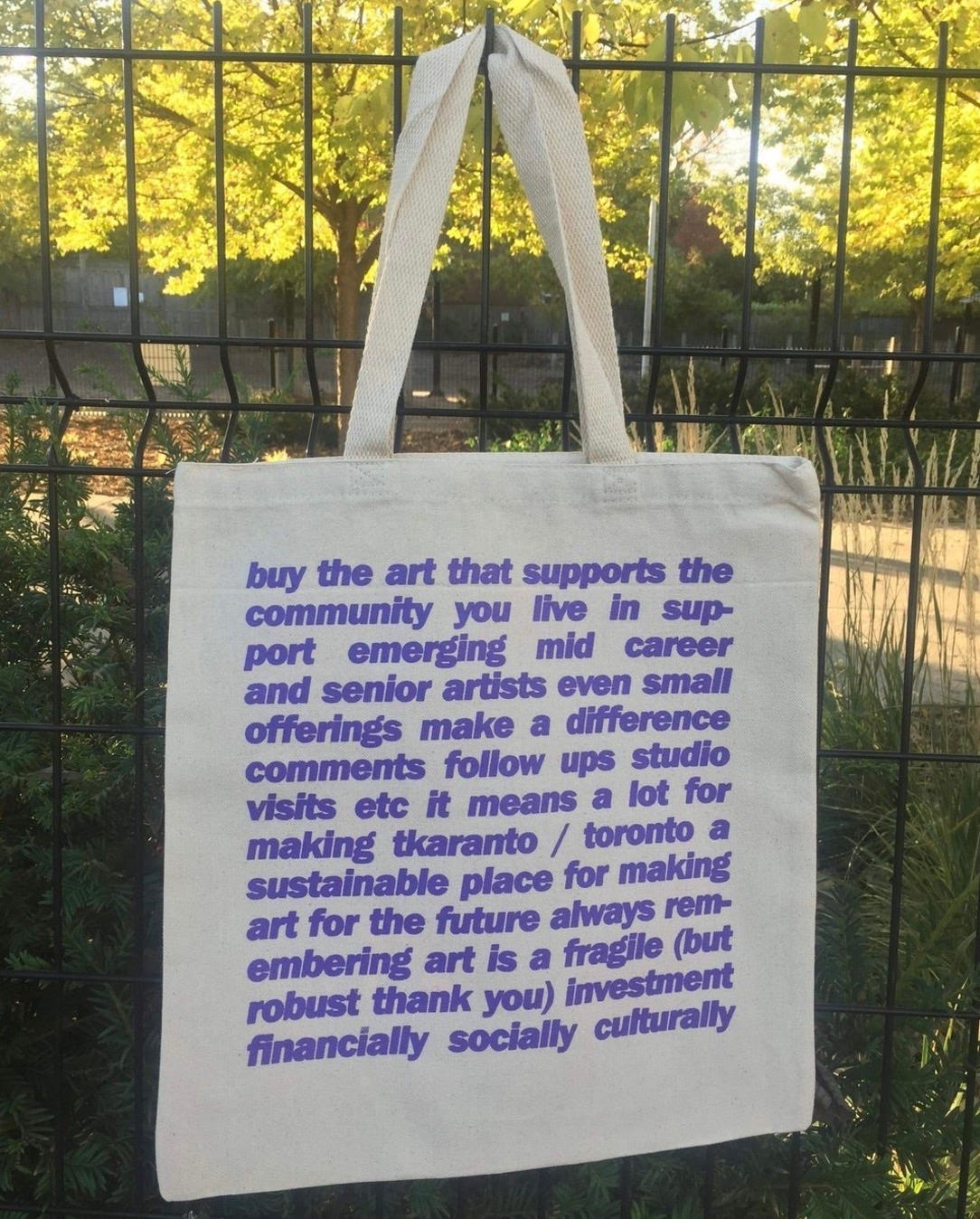
Pay Attention to What You Pay Attention To
I’m as guilty as anyone for embracing the meme-ification of everything and a culture bent on meta commentary. But in the case of the banana, cynicism seems to have been exploited for the artist’s gain rather than used as a tool for making an incisive critique. Its virality undermines the reputation of arts professionals who are working earnestly.
We have no control over what artists produce or where it falls on the spectrum of motivation for artistic achievement vs. commercial gain. Nor should we. In a world of abundant production, all we can control is what we purchase or pay attention to.
If we can take a lesson from The Comedian, it’s a reminder to flag this cynicism in ourselves and our penchant to indulge it. And then to continue seeking, consuming, and making art which balances it out.
But welktober, aren’t you contradicting yourself by writing an essay about the banana?
I, too, have a sprinkle of the commercial in me. Perhaps this essay will bring in a few more readers than normal, who have now been exposed to a sane perspective of the art world and, by subscribing to welktober, will be redirected to more worthwhile art :)
Art I Consumed Instead of the 🍌

